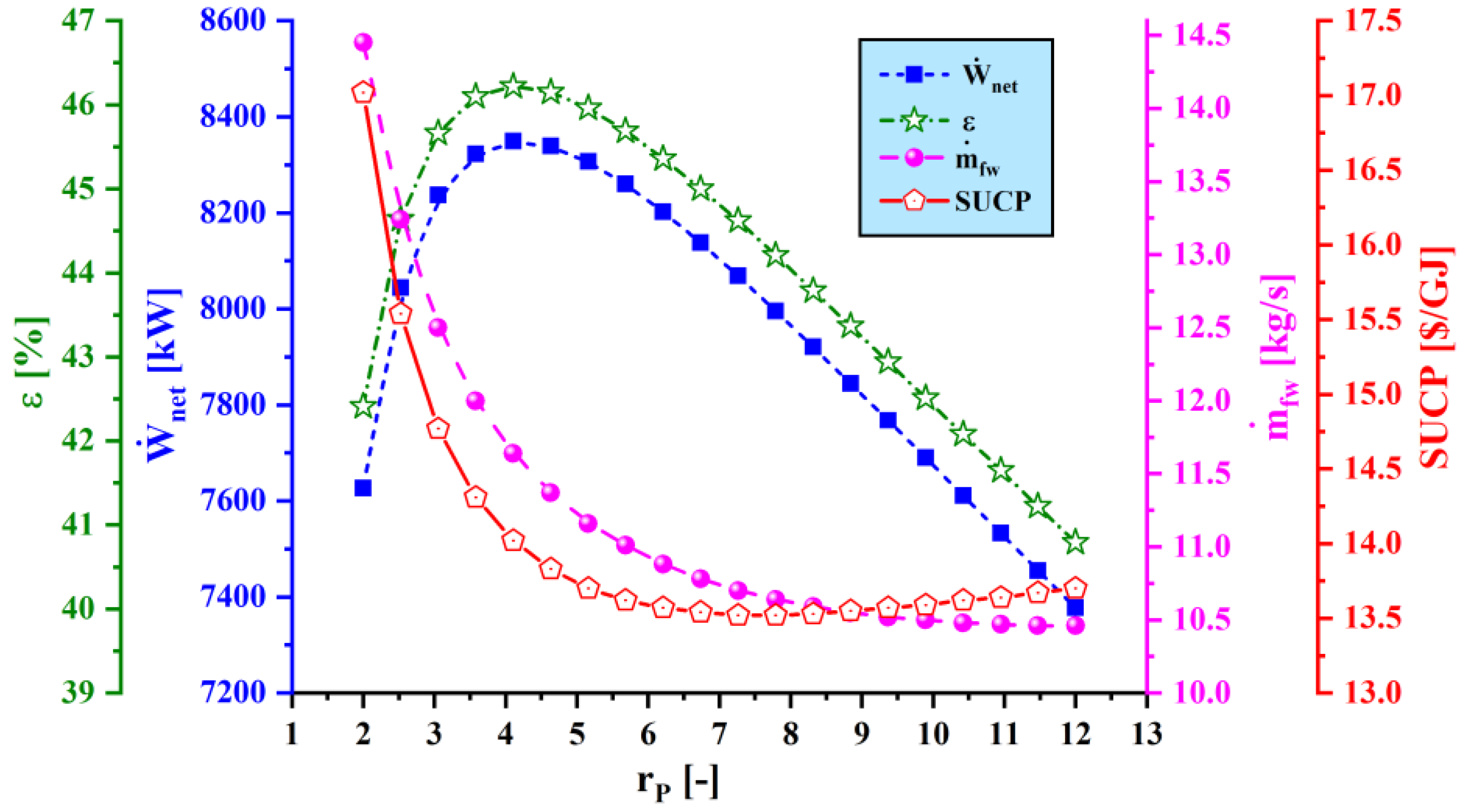

It can achieve superior compression compared to other techniques such as the better-known Huffman algorithm.
#Aspect ratio in compressor 4.3.1 series#
Arithmetic coding is a more modern coding technique that uses the mathematical calculations of a finite-state machine to produce a string of encoded bits from a series of input data symbols.

In a further refinement of the direct use of probabilistic modelling, statistical estimates can be coupled to an algorithm called arithmetic coding. The Burrows–Wheeler transform can also be viewed as an indirect form of statistical modelling. The strongest modern lossless compressors use probabilistic models, such as prediction by partial matching. Other practical grammar compression algorithms include Sequitur and Re-Pair. The basic task of grammar-based codes is constructing a context-free grammar deriving a single string. Grammar-based codes like this can compress highly repetitive input extremely effectively, for instance, a biological data collection of the same or closely related species, a huge versioned document collection, internet archival, etc. The table itself is often Huffman encoded. For most LZ methods, this table is generated dynamically from earlier data in the input. LZ methods use a table-based compression model where table entries are substituted for repeated strings of data. LZW is used in GIF images, programs such as PKZIP, and hardware devices such as modems. In the mid-1980s, following work by Terry Welch, the Lempel–Ziv–Welch (LZW) algorithm rapidly became the method of choice for most general-purpose compression systems.

DEFLATE is a variation on LZ optimized for decompression speed and compression ratio, but compression can be slow. The Lempel–Ziv (LZ) compression methods are among the most popular algorithms for lossless storage. This is a basic example of run-length encoding there are many schemes to reduce file size by eliminating redundancy. " the data may be encoded as "279 red pixels". For example, an image may have areas of color that do not change over several pixels instead of coding "red pixel, red pixel. Lossless compression is possible because most real-world data exhibits statistical redundancy. Lossless data compression algorithms usually exploit statistical redundancy to represent data without losing any information, so that the process is reversible.

The design of data compression schemes involves trade-offs among various factors, including the degree of compression, the amount of distortion introduced (when using lossy data compression), and the computational resources required to compress and decompress the data
#Aspect ratio in compressor 4.3.1 full#
For instance, a compression scheme for video may require expensive hardware for the video to be decompressed fast enough to be viewed as it is being decompressed, and the option to decompress the video in full before watching it may be inconvenient or require additional storage. Data compression is subject to a space–time complexity trade-off. Computational resources are consumed in the compression and decompression processes. Source coding should not be confused with channel coding, for error detection and correction or line coding, the means for mapping data onto a signal.Ĭompression is useful because it reduces the resources required to store and transmit data. In the context of data transmission, it is called source coding encoding done at the source of the data before it is stored or transmitted. The process of reducing the size of a data file is often referred to as data compression. Typically, a device that performs data compression is referred to as an encoder, and one that performs the reversal of the process (decompression) as a decoder. Lossy compression reduces bits by removing unnecessary or less important information. No information is lost in lossless compression. Lossless compression reduces bits by identifying and eliminating statistical redundancy. Any particular compression is either lossy or lossless. In signal processing, data compression, source coding, or bit-rate reduction is the process of encoding information using fewer bits than the original representation. For the term in computer programming, see Source code.


 0 kommentar(er)
0 kommentar(er)
